Featured on Franchise Corner
View More
Inside Retro Fitness’ Plan To Take Over the HVLP Gym Market
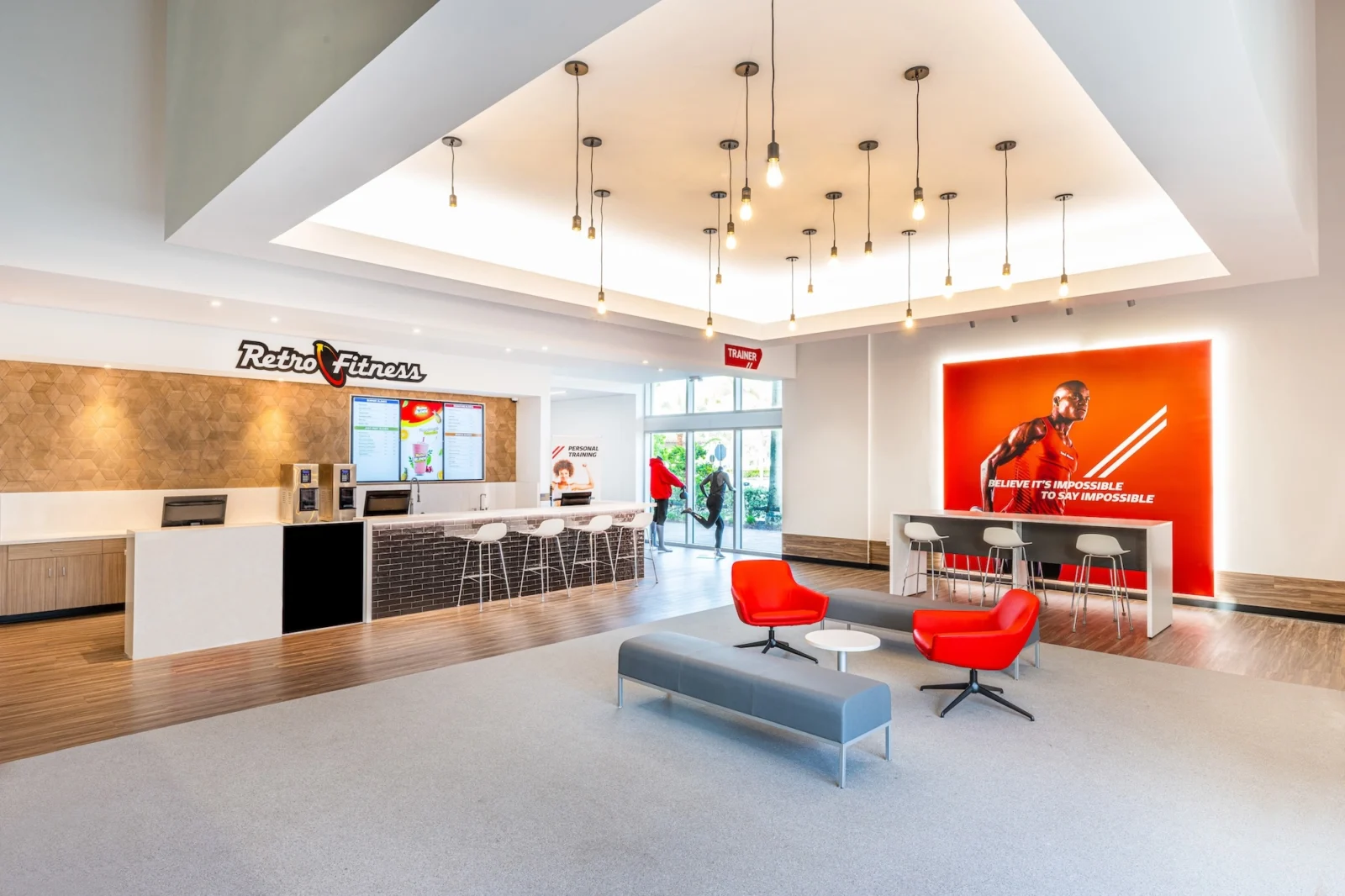
Under CEO Andrew Alfano, Retro Fitness is taking pages from the playbooks of food giants like Starbucks and McDonald’s, and infusing them with modern fitness ideals
The world’s biggest companies often do two important things: create a strong brand ethos and execute on a rock-solid business plan.
Retro Fitness is confident it’s ticking both those boxes. Under CEO Andrew Alfano, the high-value, low-price (HVLP) gym brand has poured resources into a massive rebranding effort and bolstered its franchise operations with best-in-class leadership.
A former Starbucks executive who helped build the once-fledgling coffee brand into a worldwide behemoth, Alfano now believes Retro Fitness is the next big thing.
“This is hands down, minimally, a 1,000-club system domestically, and we have international aspirations,” Alfano tells Athletech News. “We’re actively looking for capital partners to take this journey with us.”
Retro Fitness currently has around 200 locations open or in development, and it’s seen encouraging signs that it can deliver on Alfano’s lofty vision, including getting buy-in from one of the world’s largest investment firms.
The Rebirth of a Brand
Founded by fitness and wellness entrepreneur Eric Casaburi in 2004, Retro Fitness quickly built up a large following in its home state of New Jersey, surrounding states in the Northeast and Florida.
The big-box gym brand became known for its punchy red-and-yellow color scheme, tanning services and a wide array of fitness equipment, all at a low price.
Alfano, who took over as CEO in 2019, felt it was time for a change.
“Even McDonald’s doesn’t use red and yellow anymore,” Alfano noted, alluding to the need for brands to sometimes pivot away from once-successful marketing tactics. “When was the last time you saw Ronald?”
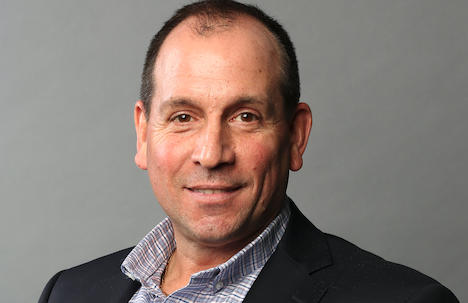
Under Alfano’s watch, Retro Fitness has embarked on a full-scale rebrand, moving away from red and yellow as dominant colors in favor of a more minimalist, modern aesthetic.
Beyond the toned-down color palette, newly opened Retro Fitness clubs are modern in every sense, featuring communal-gathering spaces, nice furniture and large, turf-filled functional training areas.
“When old gyms were built, the first thing you did was walk up to the check-in counter, which is very uninviting,” Alfano explains. “When you walk into our clubs, the very first thing you’re going to see is an open-air, inviting community area where you can sit and get some email done or drink a smoothie with friends.”
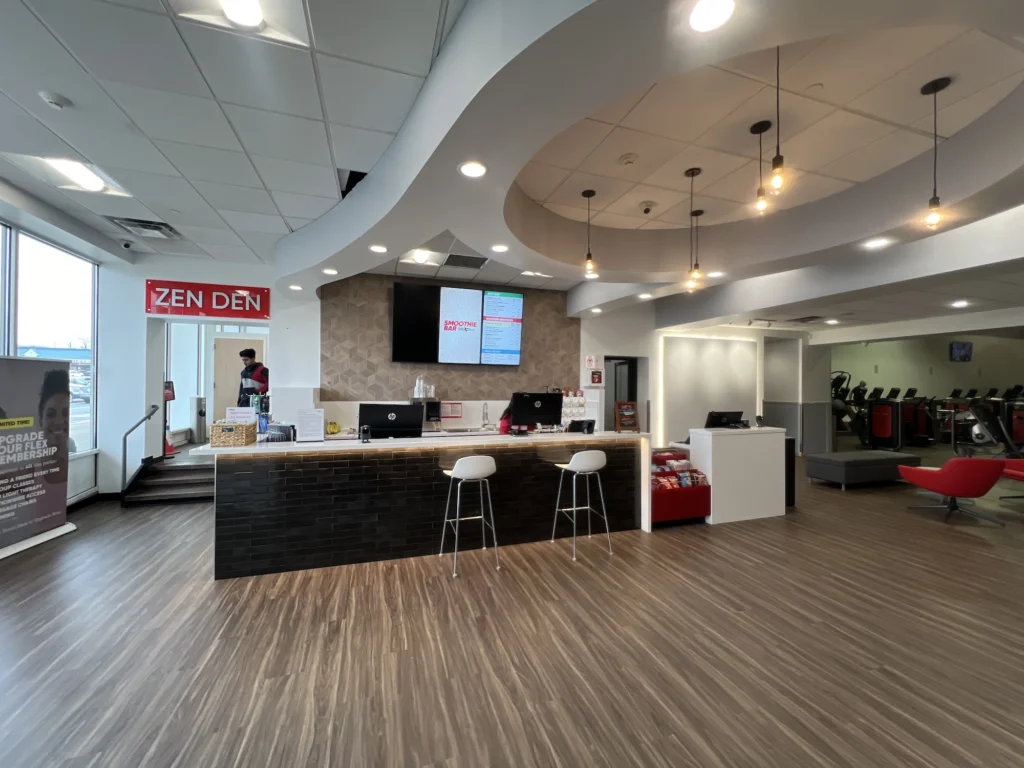
Retro Fitness’ newly built clubs all feature the rebranded vibe while older clubs are gradually incorporating parts of the rebrand into their existing facilities.
There are early signs that the new branding is attracting new customers, namely women. Before the rebrand, membership at a typical Retro Fitness gym skewed around 66% male. At the redesigned clubs, female members make up around 50% of gym-goers, according to the brand.
“If you want to be competitive, you need to be appealing to as many people in your community as possible,” Alfano says of the rebrand.
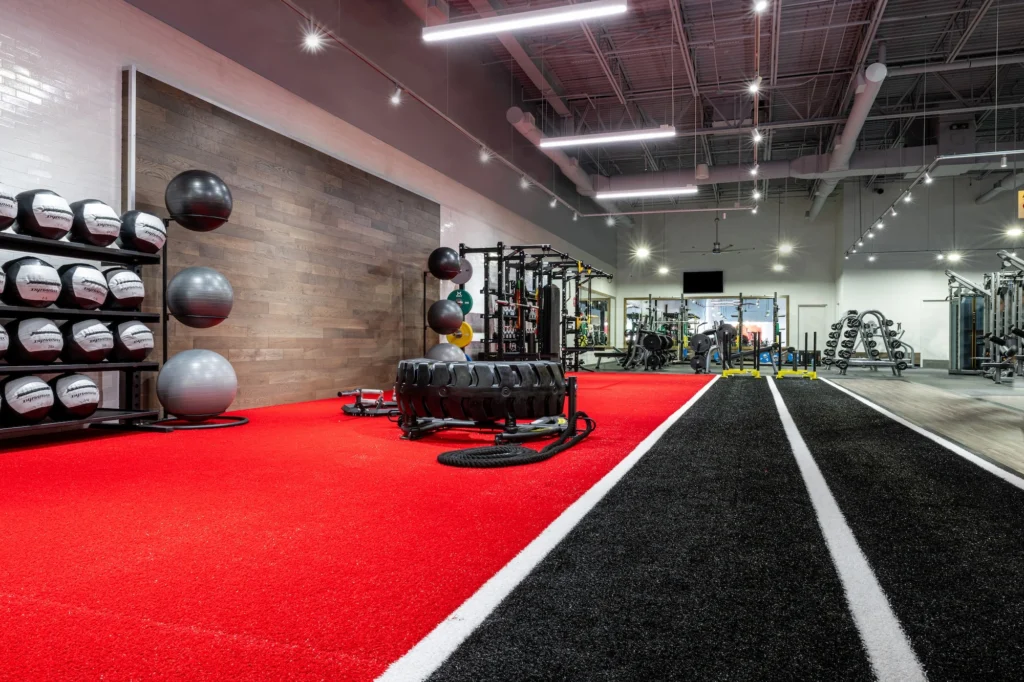
Brand Building: Taking a Page From Starbucks
Retro Fitness’ rebranding efforts extend beyond the physical look and feel of its clubs.
“Coming from a company like Starbucks, I really came at this from a perspective of consumer engagement with a brand, not just joining a gym,” Alfano says.
To drive consumer engagement, the brand has sought to tie Retro Fitness into all aspects of living a healthy lifestyle, from lifting weights and doing cardio to much, much more.
Inside the gym, members can recover from their workouts with cutting-edge wellness modalities like red light therapy along with traditional favorites like massage chairs and tanning beds.
Equally important, according to Alfano, is what happens when members leave the club. To stay top of mind, Retro Fitness offers an array of content through its app including healthy cooking classes as well as nutrition, mental wellness and music content.
“It can’t simply be our weights against your weights or our cardio against your cardio,” Alfano explains, noting how hard it is for gyms to differentiate themselves that way. “So we really build a community inside the four walls of our club, and more importantly, we become a fabric of the community outside the four walls.”
Creating Community: Inside Project Lift
Central to Retro Fitness’ community-building strategy is Project Lift, an initiative that could change the face of America’s gym landscape if all goes according to plan.
Announced in 2022, Project Lift will see Retro Fitness and its investor partners potentially open hundreds of gyms in predominantly Black and Brown communities across America.
Alfano says Retro’s leadership team got the idea for Project Lift after understanding the disproportionate impact the COVID-19 pandemic was having on Black and Brown communities, who suffered from pre-existing conditions like obesity at higher rates than other groups of Americans, and were thus more susceptible to harm and death from the virus.
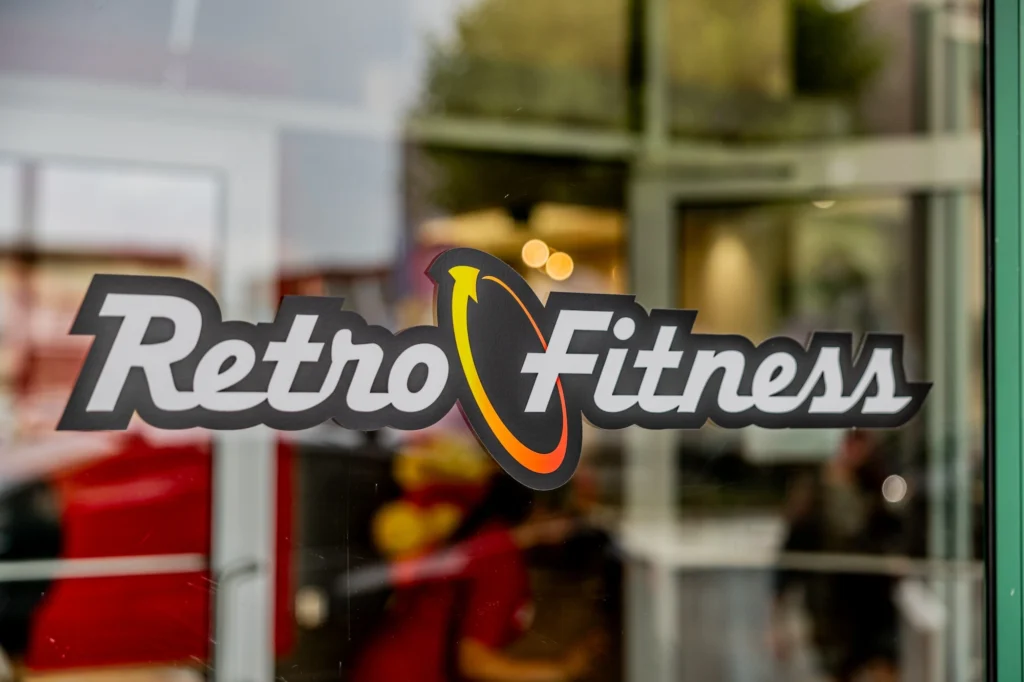
From the outside looking in, a Project Lift club looks like any other Retro Fitness location, but the economics are a bit different. At Project Lift clubs, Retro Fitness waives the franchise fee and also donates a portion of its royalties as franchisor to a local community organization for the life of the gym business.
Notably, Project Lift gyms are open for free to the entire community on Friday nights, giving non-members a chance to improve their fitness and wellness.
Last year, the BlackRock Impact Opportunities Fund signed on to open at least 80 and as many as 100 Project Lift gyms across Dallas-Fort Worth, Houston, Southeast Florida and Queens/Long Island, New York.
“Our goal is 500 Project Lift locations in 50 cities over the next five years,” Alfano declares. “That may sound significant, but when you think about what BlackRock has committed to, 80 with aspirations of doing 100, we really (only) need four more (investors).”
Franchising Fundamentals: Best-In-Class Support
On the business side, Retro recently brought on franchising and licensing vet Larry Strain to serve as its chief development officer.
Like Alfano, Strain is a former Starbucks executive who played a key role in the coffee brand’s early growth. He also has experience scaling brands including McDonald’s, Dunkin’, and Potbelly Sandwich Shop, among others.
“I don’t know any franchisor in the world today that’s providing the level of support services that Retro Fitness is providing,” Strain says of Retro’s hands-on approach to franchising, calling it a “turnkey” solution for franchisees.
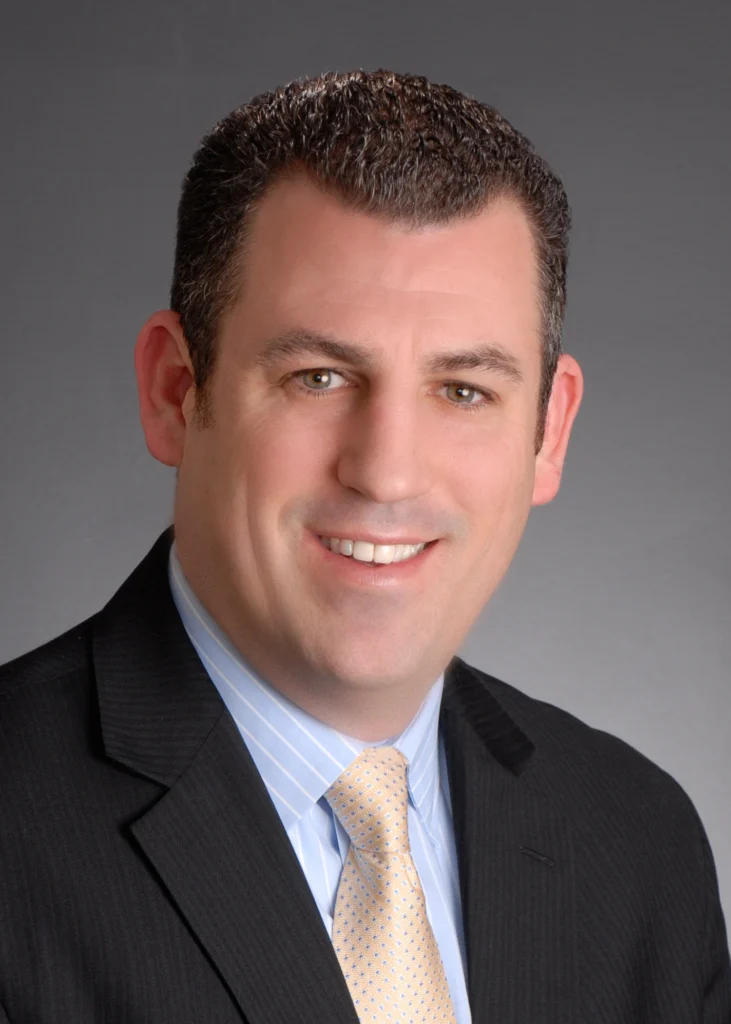
“It’s not only disruptive to the fitness industry; it’s disruptive to the entire franchise industry,” he adds.
According to Strain, Retro Fitness offers a robust suite of development services for multi-unit franchise partners including managing broker relationships in-house, handling market analytics and site selection, offering in-house design services and overseeing construction for new clubs.
Once a lease is signed, the support continues: Retro’s corporate office assigns franchise business coaches who work with franchise owners in the early stages of getting their clubs up and running, including extensive pre-sale support along with support in hiring and training staff.
Boutiques Beware? The Case for HVLP Gym Domination
It’s worth noting that Retro Fitness isn’t the only HVLP gym brand to be plotting aggressive expansion, so it’s got some competition.
Crunch Fitness is nearing 500 locations, opening new clubs at a rapid clip, while brands like EoS Fitness and Vasa Fitness are also putting up impressive numbers as of late. And that’s to say nothing of HVLP giant Planet Fitness, which continues to win with Gen Z as it closes in on 20 million members.
Still, despite the seemingly saturated nature of the low-price gym market, Strain believes there’s a ton of white space for certain HVLP brands to open even more locations, provided they go after the right types of consumers.
“The Planet Fitnesses of the world have done extremely well and have really maxed out on their audience that they have marketed themselves to and defined their brand toward,” he explains. “But there’s a large middle- and upper-middle-class group of people out there whose only access to fitness today is through a boutique offering such as an Orangetheory or CycleBar.”
HVLP gym brands in the vein of Retro Fitness can step in and take over, Strain says, since they’re able to provide the benefits of a boutique fitness offering – small group classes and a premium feel – while also offering a larger selection of equipment, access to diverse wellness modalities and a host of other amenities.
“We have an ability to go into those markets that are inundated by boutiques and take that market share away relatively easily,” Strain believes.
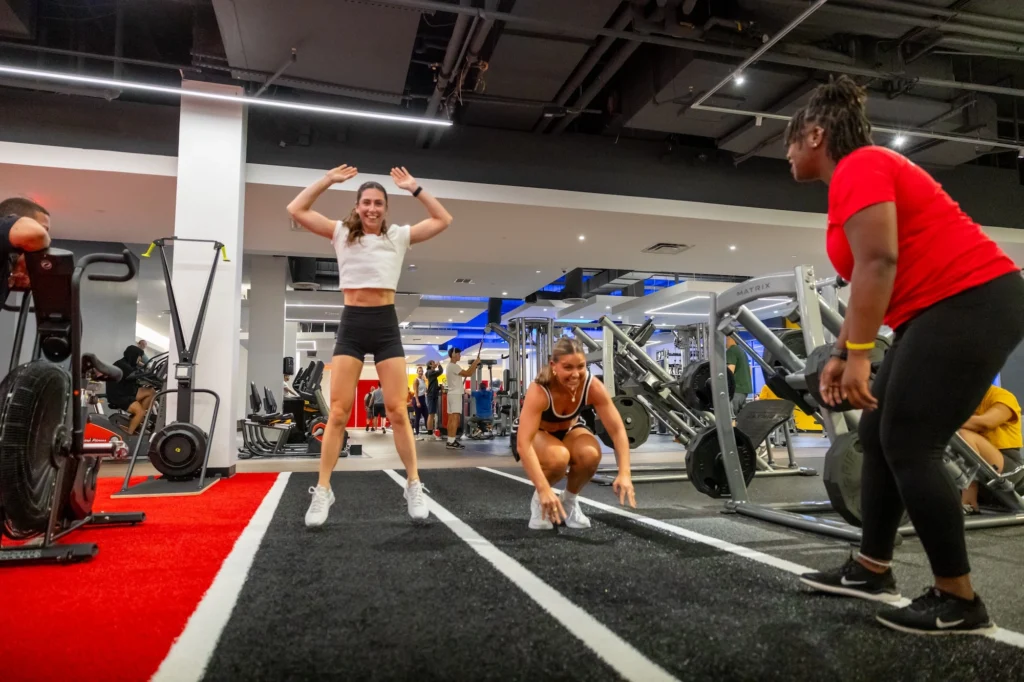
For Alfano, there’s no better horse to back in the great HVLP race than a renewed, re-energized Retro Fitness.
“If you’re going to be in fitness you want to be in high-value, low-price fitness, for a lot of reasons,” the Retro Fitness CEO says. “And if you are going to be in high-value, low-price, we’re the darling of the street right now.”



